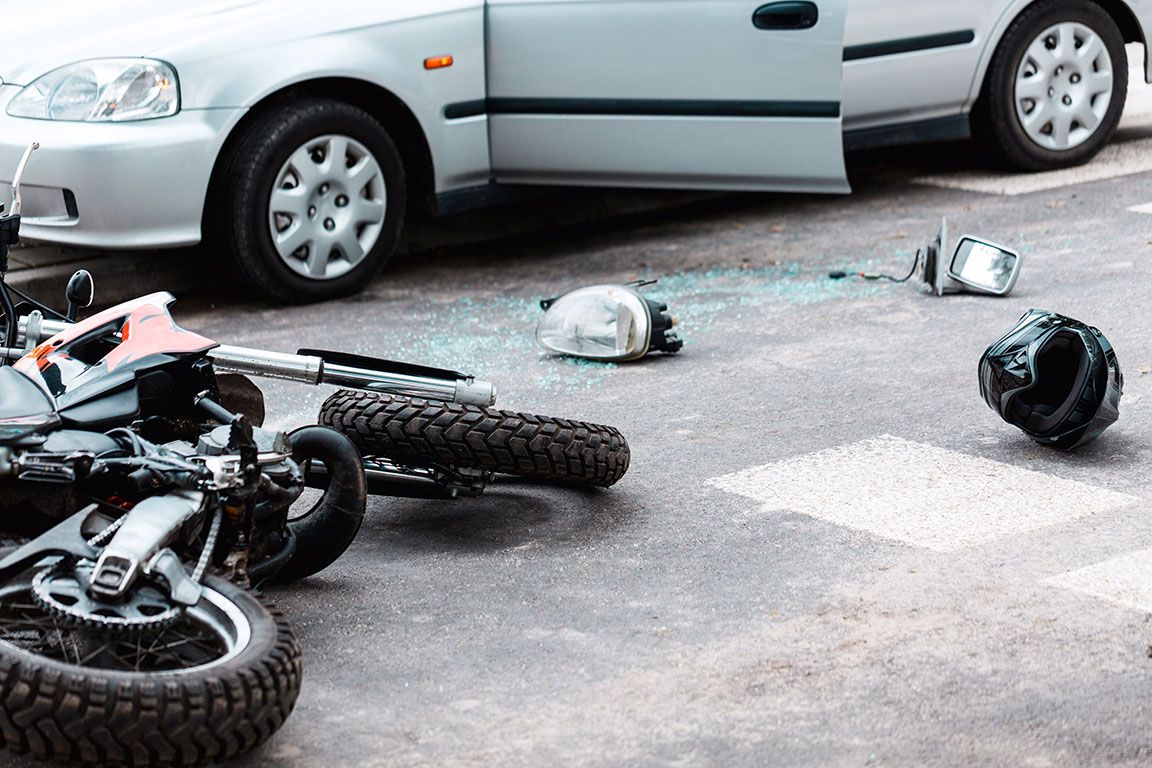
According to the most recent statistics from the National Highway Traffic Safety Administration, nearly 90,000 motorcycle accidents occur annually. More than 75% of these accidents occur with another vehicle, usually a passenger automobile. In those accidents, the vast majority are
caused by a motorists’ failure to identify motorcycles in traffic. Many of these accidents will involve serious injuries.
Like automobile accidents, evidence as to how the accident occurred and the motorcyclist’s injuries are critical to an injury victim’s ability to recover for their injuries, medical treatment, lost wages, pain and suffering and other damages. However, a key difference between automobile accidents and motorcycle accidents is the evidence necessary to overcome “anti-motorcycle bias” in motorcycle accident cases.
The common biases that come into play against motorcyclists in accidents are that motorcycles
are hard to see, driven too fast and driven by reckless youths or criminal gang members. Like all generalizations, these biases apply only to a few bad apples. However, defense attorneys and insurance companies will not only welcome such biases into the case, but will use them to manipulate jurors, judges and witnesses.
To combat anti-motorcycle bias, critical evidence such as photographs, diagrams and measurements of the accident scene are necessary and usually coupled with a scientific accident reconstruction to explain timing, stopping distances and sight lines to the jury. Video evidence of the accident should be sought from nearby businesses, traffic cameras, witnesses and other similar sources. Social media should be scoured for witness accounts of the accident, photographs and videos. Post-accident video of the scene should also be used to demonstrate actual sight lines and that the motorist could and should have seen the motorcycle. Engineering evidence may be necessary to dispel any perceived connection between engine noise and speed. Finally, evidence as to an injury victim’s character, family, community involvement and interactions with first responders, medical care providers and others can be used to counter any suggestion of recklessness, lack of maturity or other such generalizations.
Every case varies and may require different approaches. However, if you or your family member has been injured in a preventable wreck, please consider contacting the Geneva motorcycle accident attorneys at Feagans Law Group so that we can Guide Your Path to Justice.




